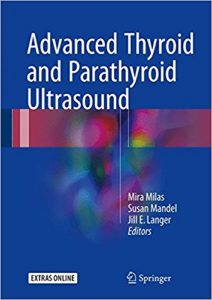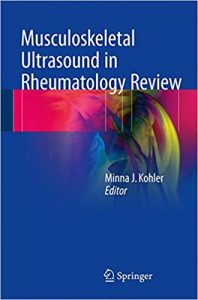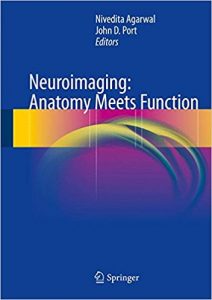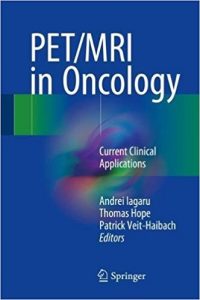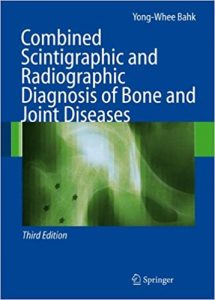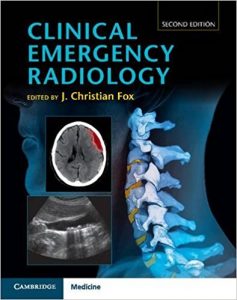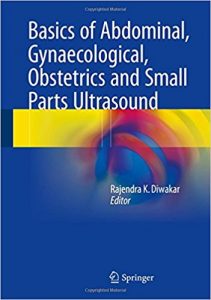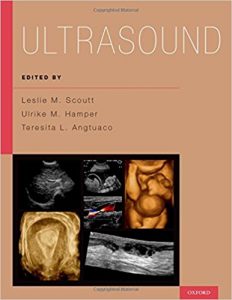Imaging of Bones and Joints: A Concise, Multimodality Approach 1st Edition

…easy to read, interesting, and informative… — Radiologic Technology
…a useful layout… — Doody’s Reviews (starred review)
One of the outstanding values of this book is the large number of images used….These greatly help in viewing and analyzing the conditions and diseases within the bones, in the bone marrow, in the joints, in regular and soft tissue, and in other places. — BIZ INDIA
This book is unique. It will guide you through the essentials of musculoskeletal imaging using a multimodality approach. Organized by categories of musculoskeletal disorders, it uses a “findings within-the-image” method to help you identify the typical imaging features of each condition.
As a comprehensive reference compiled by well-known specialists in the field, it is useful for both practicing radiologists and those in training.
Focus on the essentials
Provides a solid foundation of what the radiologist needs to know when interpreting musculoskeletal imaging studies, including the indications for when to use various imaging modalities.
“Findings within the image”
An excellent presentation method for learning to interpret bone and joint images.
Find it quickly
In addition to a detailed text and high-quality images, important points are summarized in boxes, tables, and illustrative figures for quick reference.
Extra features are included on the Thieme MediaCenter
An additional 338 images along with supplemental text and references are provided online on the Thieme MediaCenter.
Special Features
- All chapters are written by leading international authors.
- A comprehensive, multimodality approach is used.
- Over 2100 brilliant, state-of-the-art images are provided, including a multitude of MR images.
DOWNLOAD THIS BOOK FREE HERE

